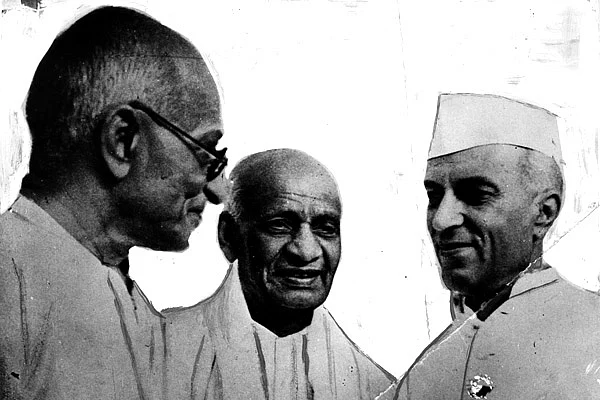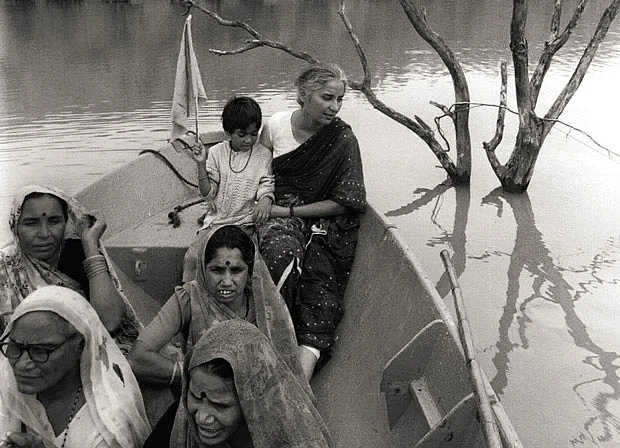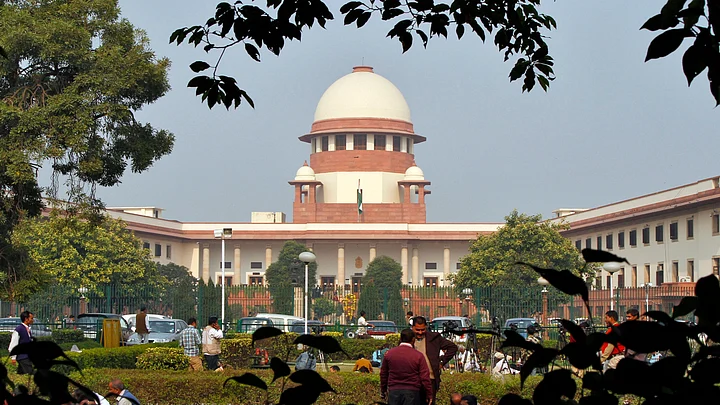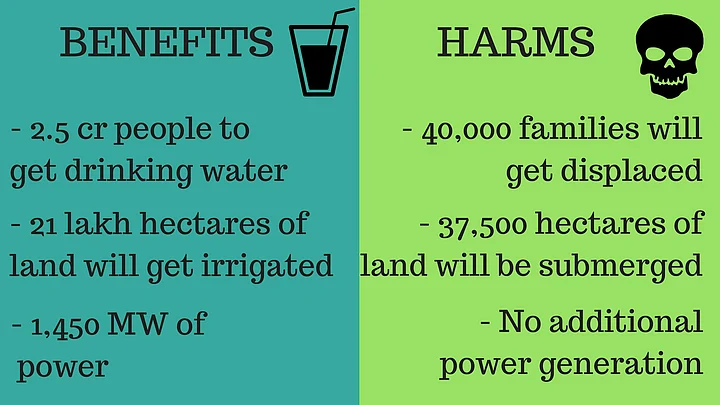The Sardar Sarovar Dam, which was inaugurated by Prime Minister Narendra Modi recently, has been a controversial subject for the last six decades. The dam – built on the Narmada river in Navagam, Gujarat – has been disputed between state governments and even invited concerns of activists.
It is due to deliberations invited by these issues that the dam took almost six decades to be built. It was finally inaugurated by Modi on 17 September 2017 after the foundation stone for it was laid by the first prime minister, Jawaharlal Nehru, on 5 April 1961.
Whose Idea Was it, Sirjee?
Even before Nehru laid the foundation stone for the Sardar Sarovar Dam, Sardar Vallabhai Patel, the first deputy prime minister, had conceptualised the dam in 1946.

Everyone agreed to harness Narmada river’s water for power, electricity, irrigation, and drinking.
Fifteen years after the idea was conceptualised, Nehru laid the foundation stone for the dam on 5 April 1961.
The Narmada, which is the fifth largest river in India, takes begins near the Amarkantak mountain range in Madhya Pradesh and goes through Madhya Pradesh, Maharashtra, and Gujarat. It eventually meets the Gulf of Khambat on the shores of Gujarat.
What Was the Reason Behind the Delay for the First Three Decades?
The foundation stone was laid and all three states – Gujarat, Maharashtra and Madhya Pradesh – agreed to harness the river’s water; however, the governments were yet to agree on a water-sharing.
In 1964, a committee headed by Dr Khosla was constituted by the Government of India. They were tasked with the responsibility of coming up with a plan with optimum utilisation of Narmada water. The Khosla committee submitted its report in 1965.
However, both the Madhya Pradesh and Maharashtra governments outrightly rejected the plan as they felt they were at a disadvantage.
A Narmada Disputes Water Tribunal was set up in 1969. It took 10 years of deliberations between state representatives to agree on sharing water which would be used for irrigation and drinking, besides generating power.
Finally in 1979, the Narmada Water Dispute Tribunal’s verdict was accepted by all state governments.
Medha Patkar Ko Gussa Kyu Aaya?
Just as the state governments had agreed on sharing water, a fresh challenge made its way.
Medha Patkar led a movement in the 1980s which sharply focussed on the problems of rehabilitation of tribals and farmers due to the construction of the dam.
Her biggest contention? The impact on the lives of local tribals and villagers as water steadily rose in the reservoir to produce power in the Sardar Sarovar dam. She contested that it would inundate villages, communities, and tamper the ecology of the land.
This movement was called ‘Narmada Bachao Aandolan’.

As the intensity grew, Arundhati Roy joined the protest.
As the pressure mounted, the World Bank, which had agreed to finance the project with $450 million, withdrew the funding in March 1993, thereby giving a massive blow to the project. This was considered to be a big win for the movement.
In 2007, before the release of ‘Rang De Basanti’, Aamir Khan, along with actor Atul Kulkarni, visited the villagers who would be displaced by the dam, bring more media attention to their plight.
Should the Dam Be Constructed? SC Takes the Call
The Narmada Bachao Aandolan, which represented the interests of farmers and tribals, took the government to the Supreme Court. They obtained a stay on the construction of the dam in 1996.

However, the stay order only lasted four short years.
On 18 October 2000, the Supreme Court took the final call and allowed the construction of the dam as the benefits outweighed the harm.
And with that, decades of delay was put to an end. Every five years, the height of the dam was raised to finally reach 138.68 metres, its optimum possible utilisation.
What are the Benefits and Harms of the Dam?
Using data given by the Ministry of Water Resources on the floor of the Rajya Sabha, we have broadly identified the benefits of the dam.
But, a dam of this magnitude (the second-biggest dam in the world) needs land, which means displacement of thousands of families and disturbing the ecology of the land, according to activists who have been campaigning for the rights of tribals and farmers.

Video Editor: Sandeep Suman
(At The Quint, we are answerable only to our audience. Play an active role in shaping our journalism by becoming a member. Because the truth is worth it.)
